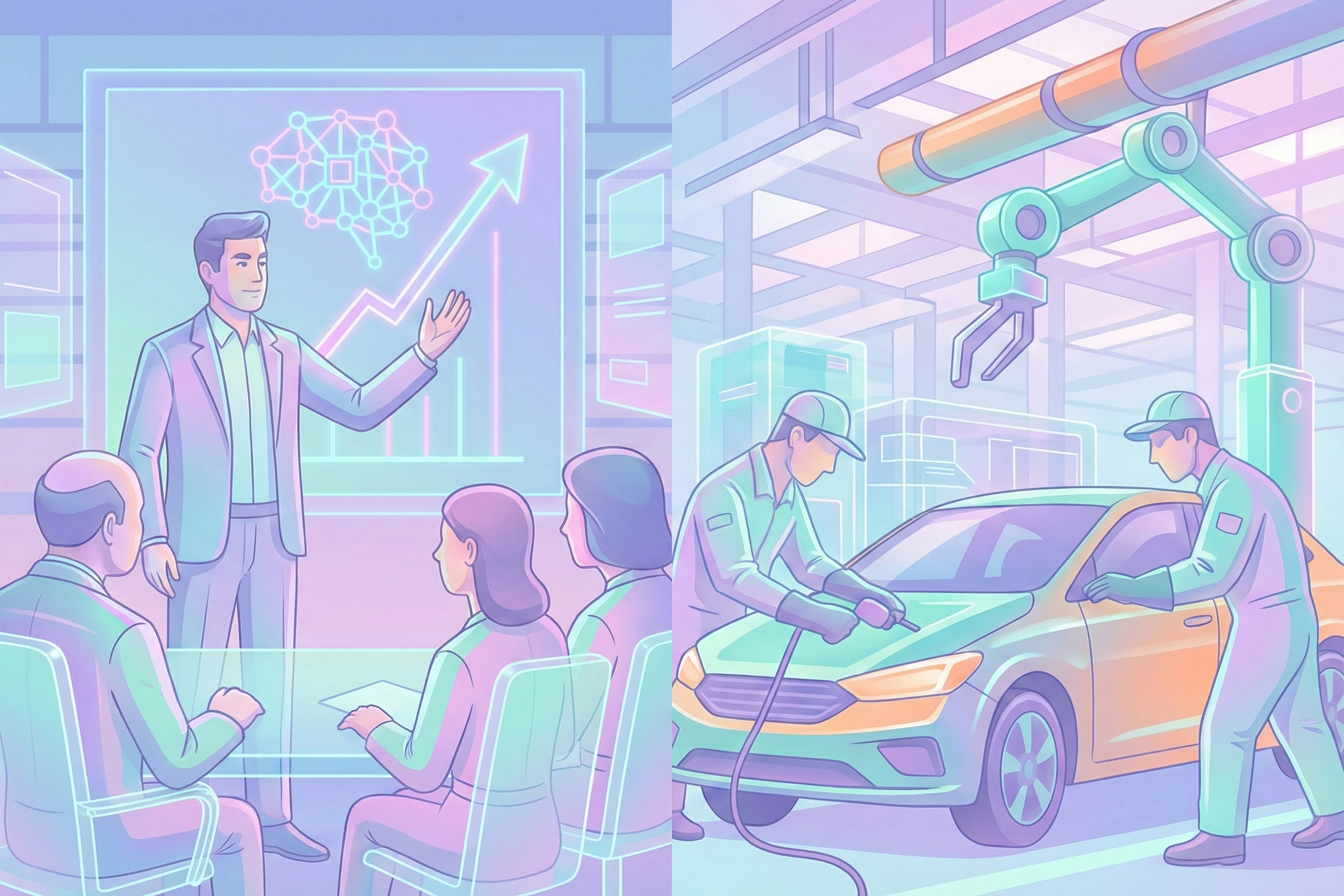
A trade conflict between Japan and South Korea is worrying financial markets. After the South Korean Supreme Court required Japanese firms to compensate wartime laborers last year, Tokyo recently placed restrictions on exports of high-tech materials essential to Korea’s production of TV’s, smartphones and semiconductors. This spells trouble for Samsung and SK Hynix, which account for around 60% of global memory chip production, meaning the conflict may also disrupt companies such as Dell, HP, Apple and Huawei.
Historically, the relationship between Japan and South Korea has always been relatively unstable. Indeed, Japanese wartime atrocities have never stopped to produce friction between them. Nevertheless, Koreans are worried about more than Japanese sins. A much older Korean fear is growing: Korea, positioned between and overshadowed by China and Japan, views itself as “a shrimp between two whales”. Most importantly, as the hegemonic rise of China has led to Japan’s own urgent remilitarization, “the two whales” are growing stronger. This is why South Korea is pushing back against Japan. Meanwhile, Japan cannot allow South Korea to use past Japanese sins as political leverage without consequences, which is why Japan retaliated fiercely.
Although the conflict could still deteriorate and impact global markets, as mutual resentment is deeply rooted in both cultures, we can expect the conflict to be resolved in due time. After all, there is little to be gained from escalation on either side. For one thing, the Japanese-Korean trade conflict is fundamentally different from the conflict between the U.S. and China, as the latter may be prepared to suffer economically in order to achieve political, technological and commercial supremacy. By contrast, prolonged disruption of Japanese and Korean supply chains will only harm their domestic firms with little hope of recovery (in fact, Chinese tech firms stand to benefit from prolonged conflict between them), without gaining much except leverage vis-a-vis each other.

